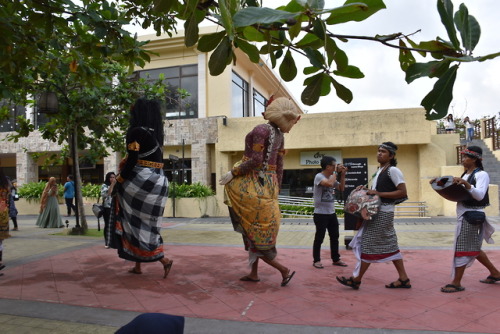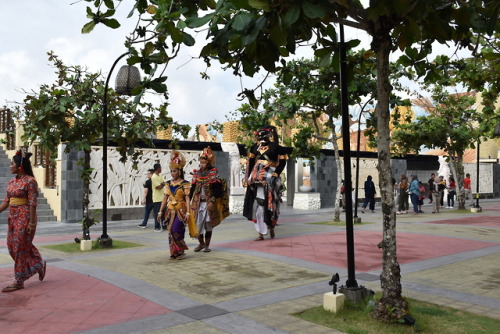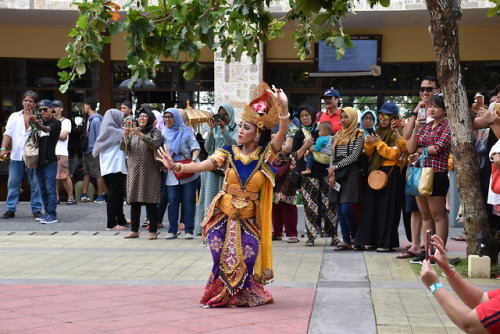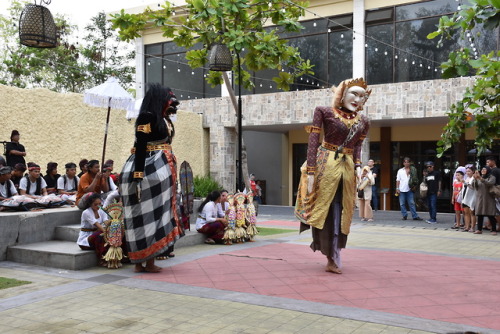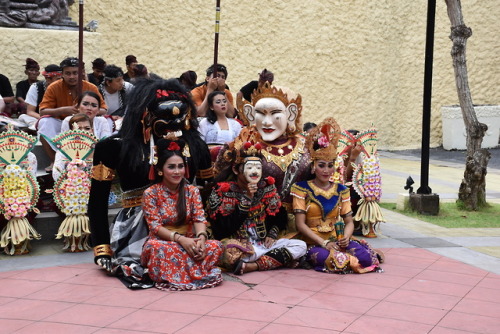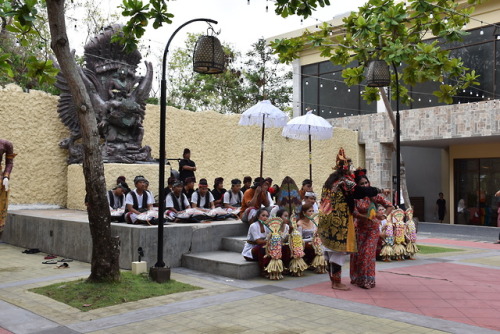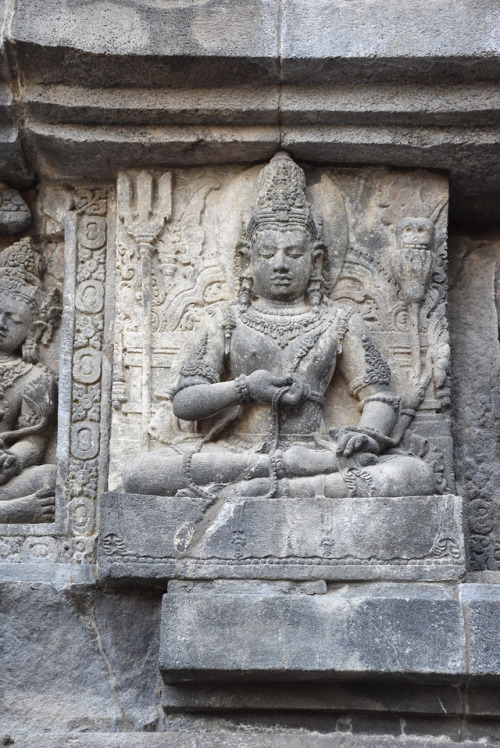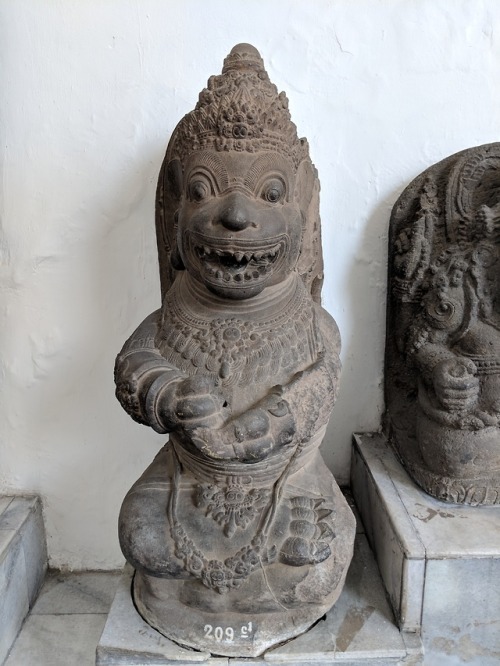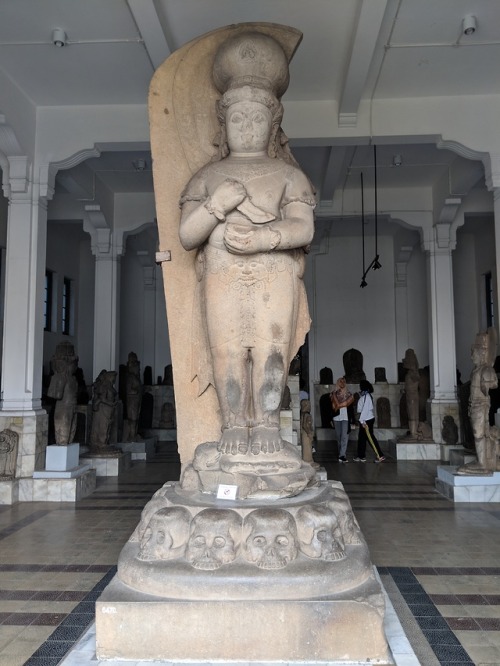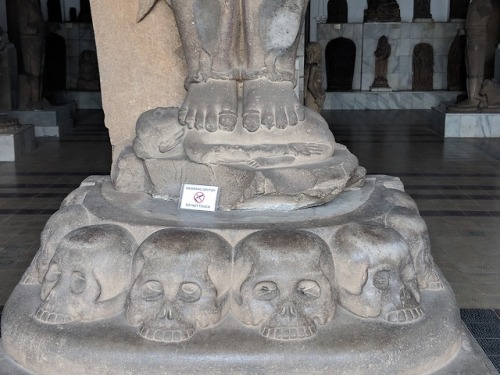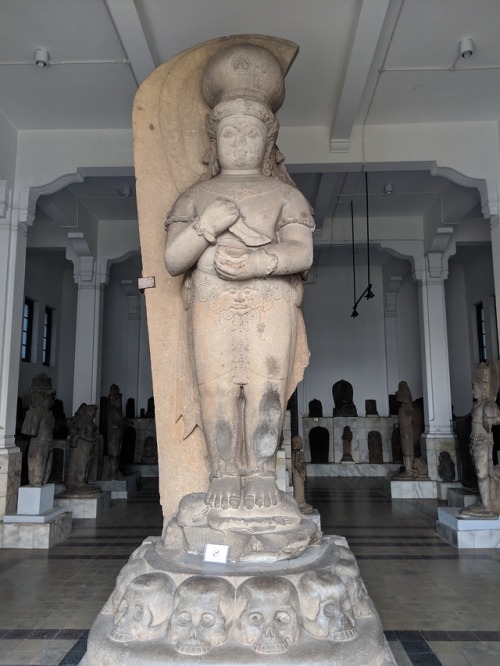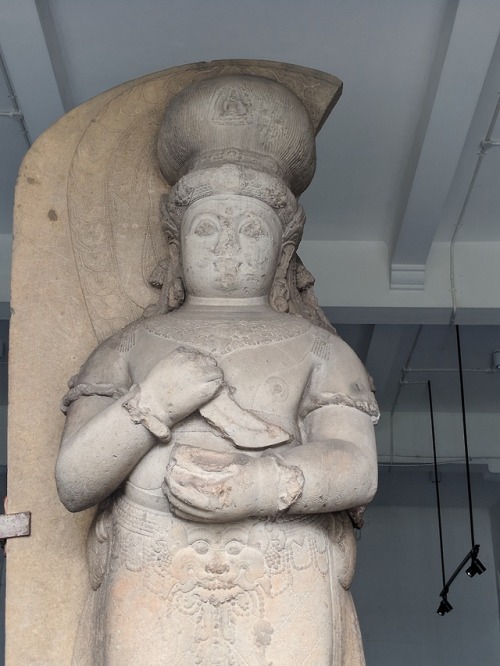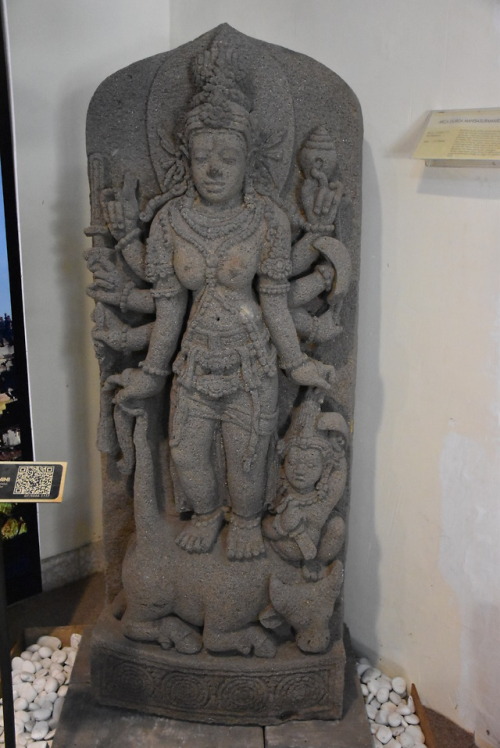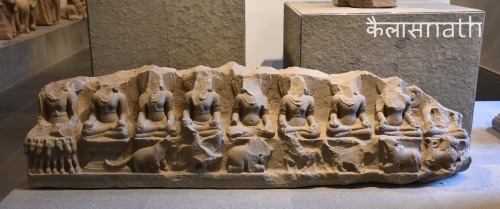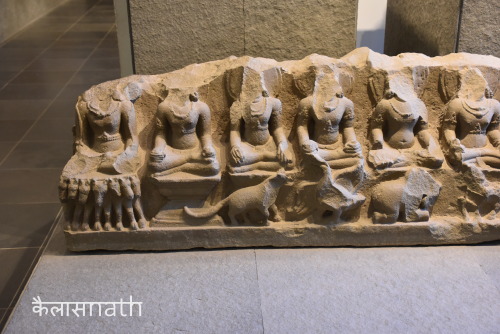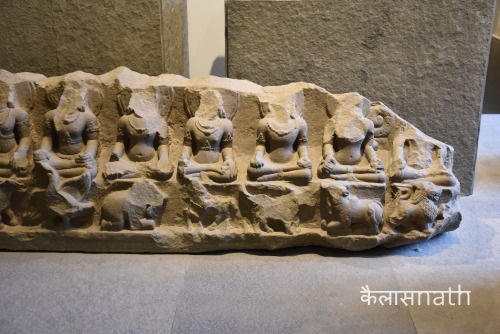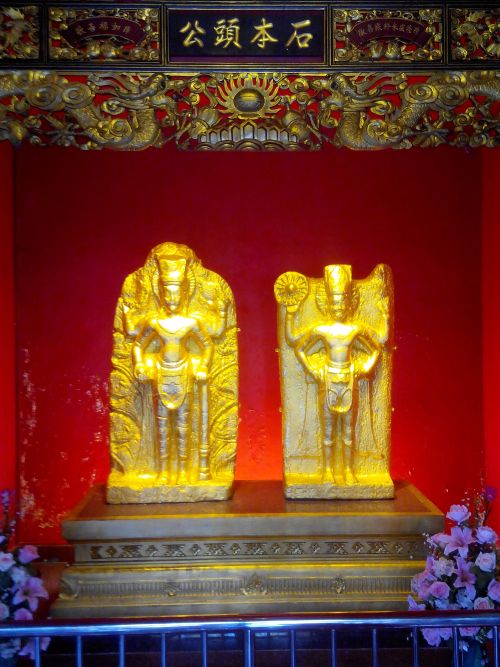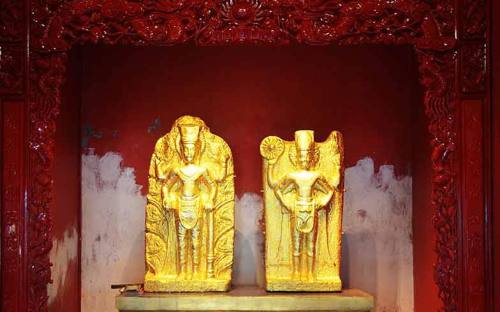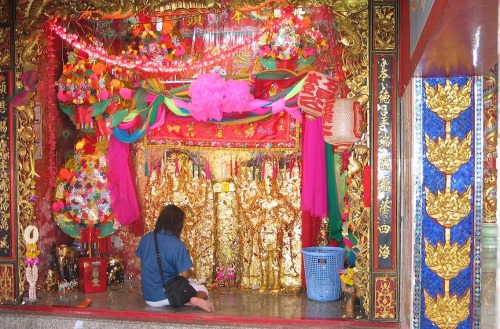#hinduism outside india
Balinese Ramayana
Across South East Asia, the Epic tale of the Ramayana inspires traditional dance performances. Here is a Balinese group performing at the Garuda Wisnu Kenchana (GWK) Cultural Park.
Post link
Īśāna – Lokapāla and Guardian of the Northeast
Relief on panel in the outer parikrama of the central temple dedicated to Lord Śiva in the great Trimūrtī temple complex of Prambanan, central Java.
Lokapālasor guardian deities of the cardinal directions is a concept common to Buddhist temple architecture. Īśāna is often associated with the Yakṣa Kubera – the Lord of Wealth and divine treasurer. Whilethetriśūla or trident is sometimes an attribute of Īśāna absence of vāhana is unusual.
The Prambanan Temple Complex was built Circa 850 CE by the Sanjaya Dynasty of Medang, Central Java
Post link
Yoga – Nṛsimhadeva
NṛsimhaorNarasimha, the fourth avatāra of Lord Viṣṇu in the man-lion form.
Probably East Java, circa 13th Century CE
Post link
Bhairava Buddha
A unique representation of a combined Hindu – Buddhist deity combining aspects of the Hindu deity Lord Śiva in his fierce Bhairava form with the Buddha. This giant image is believed to be the likeness of Ādityavarman – a Majāpahit nobleman. THis image hints at the high level of fusion of the various Indic traditions found in ancient South East Asia.
Circa 14th Century CE, West Sumatra
National Museum Gajah Madah, Jakarta
Post link
Devī Durgā Mahiśāsuramardinī
A magnificent stone sculpture of the Goddess Durgā slaying the buffalo-demon Mahiśāsura. The Devī is depicted in her eight-armed (aṣṭabhuja) form – she holds the demon Mahiśā by his hair as he emerges from the buffalo form as she readies to strike the fatal blow.
Durgā Mahiśāsuramardinī was popularly worshipped across the Hindu kingdoms of Java throughout the Hindu – Buddhist period.
This well-preserved icon from the Prambanan complex probably belongs to the 9th or 10th Century CE.
Post link
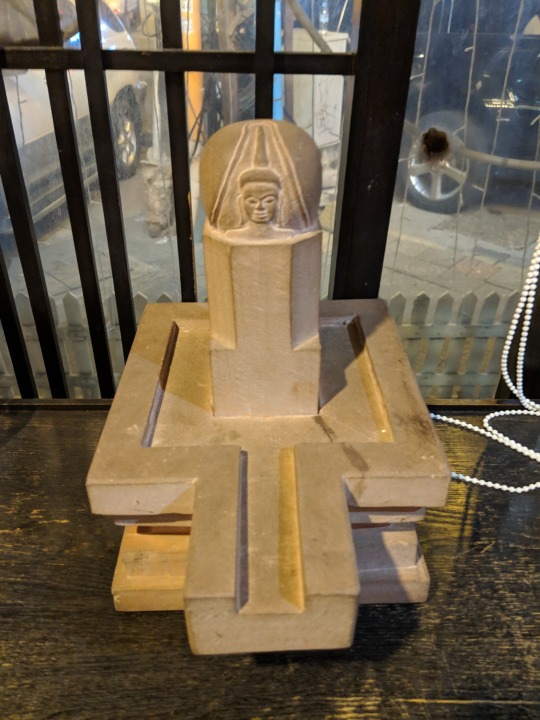
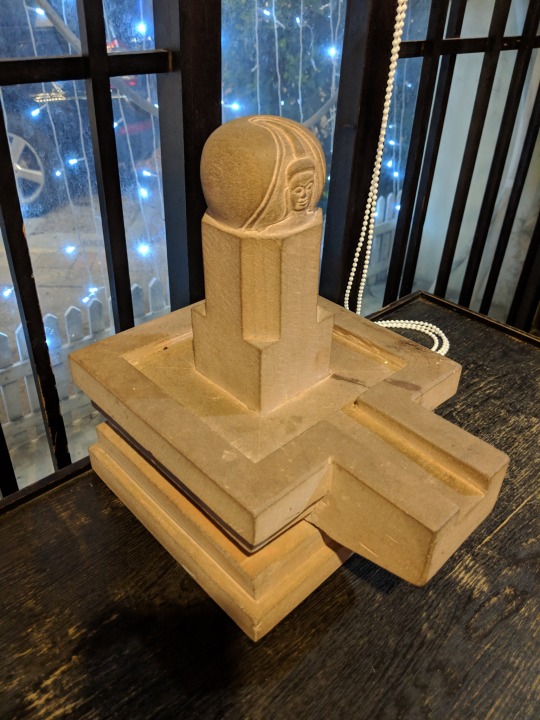
Mukhaliñga
The traditional aniconic representation of Lord Śiva in form of the Liñga – this representation is unusual in that the octagonal and cuboid bases of the Liñga are depicted over the Yoni patala or base.
Contemporary stonework, Thailand
GaruḍawithNāga
Garuḍa, the vahana or vehicle of Śṛī Viṣṇu, often depicted combatting serpents or nāgas, is a popular motif in south-east Asian Hindu sculpture. This magnificent and surprisingly well-preserved pediment is representative of Cham artwork in the collections of the Saigon Museum
Sandstone pediment, circa 10th Century CE
Museum of Vietnamese History, Saigon
Post link

A tale of two airports
Idols of Shri Maha Vishnu at the Suvarnabhumi Airport Bangkok and Chennai Airport
NavagrahaStelae
Panel dedicated to the ninbe planetary deities though unusual, is found in the religious art of medieval India as well as in the Khmer kingdoms of Cambodia in addition to this sadly damaged specimen from the Kingdom of Champa
Sandstone, circa 10th Century CE
Museum of Vietnamese History, Saigon
Post link

